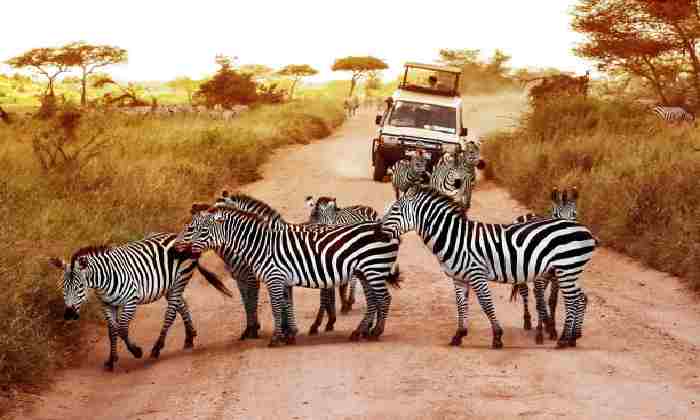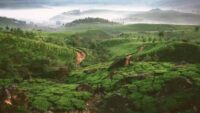Tanzania’s natural beauty is world-renowned. Its spectacular wildlife is immortalized by David Attenborough documentary specials and countless travel books.
A great safari guide is the key to your success in Tanzania. That’s why the premier safari companies employ and develop (via salary packages, promotion from within) exceptional guides. They are knowledgeable, passionate and committed to their clients’ enjoyment of Tanzania’s extraordinary highlights.
Serengeti National Park
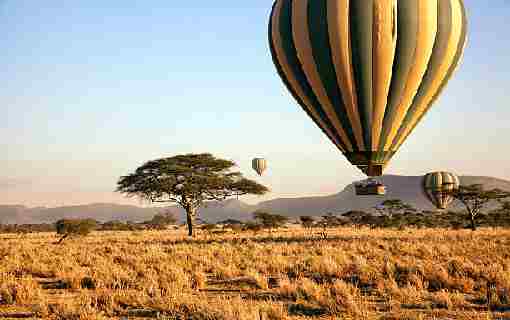
The vast and uncrowded Serengeti National Park is one of Africa’s seven natural wonders. It’s known for its grassland plains and annual wildebeest migration.
The eastern portion of the park is more hilly with rocky outcrops known as “koppies”. In the western corridor, valleys and rivers provide habitat for wildlife such as elephants, cheetahs, and lions.
The central Serengeti is dominated by long stretches of open plains with occasional koppies and lines of hills to add interest. It is also home to a high concentration of resident game including zebras, wildebeests and gazelles, as well as predators like lions and cheetahs. The Bologonja Springs are located here and attract small primates, birds, giraffes and mountain reedbuck. The best time to visit the area is during the Great Migration from December to July.
Ngorongoro Crater
One of Tanzania’s top safari highlights, Ngorongoro Crater is the world’s biggest intact volcanic caldera and boasts a variety of habitats. Grasslands, streams and swamps fill the crater floor, while forests and rocky cliffs form the rim.
The park’s open, mineral-rich floor attracts herds of zebra and wildebeest, while its woodlands house populations of buffalo, giraffe and the rare black rhino. This conservation area also holds the highest concentration of the big five mammals in the country, including lions, cheetahs and elephants, sneak a peek at this website.
Depending on the season, wildlife can be seen all year round. However, the wet seasons from April to May and November to December tend to be quieter as herds concentrate around waterholes and the crater transforms into a lush green ’Garden of Eden’.
Lake Manyara National Park
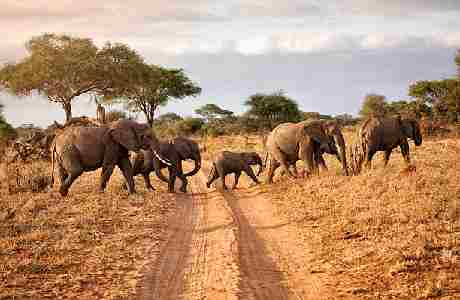
Lake Manyara National Park is a lesser-known safari destination that features a unique combination of landscapes. The eponymous soda lake is flanked by open grasslands and acacia woodlands that host the fabled tree-climbing lions and long-tusked elephants. It is also home to pods of hippo and is a haven for hundreds of bird species.
Visitors can explore the groundwater forest and observe the large troops of baboons along the roadside or look up to see blue monkeys descending into the canopy of primal mahogany trees and larger bushbucks grazing in the savannah. The park is surrounded by villages of the indigenous Maasai people who are happy to interact with visitors and provide insights into their way of life.
The park is a key destination for travellers on the Northern Tanzania circuit and can be visited at any time of year. It is best suited for families or solo travelers who want to maximise their game drives.
Tarangire National Park
A safari to Tarangire National Park is a great option for those seeking an authentic Tanzanian wildlife adventure away from the crowds. While it doesn’t have the same concentration of big game as other more famous parks like the Serengeti and Ngorongoro Crater, it makes up for it with its unique natural beauty.
The park’s defining feature is its massive baobab trees (Adansonia digitata). These iconic African giants are instantly recognizable thanks to their bloated trunks that resemble elephants’ heads. Legend has it that they once moved about the savannah, angering a god who planted them upside down as a permanent fixture.
The park is also a habitat for some incredible birds. During a birding safari here, you might see pelicans, storks and spoonbills at the park’s lake or ostriches and Kori bustards in its drier environments.
Zanzibar
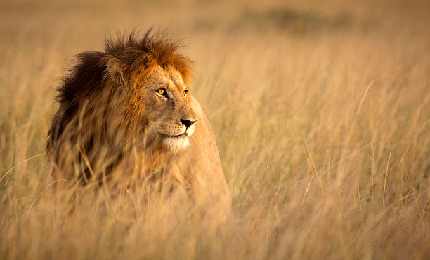
Zanzibar is a semi-autonomous region within Tanzania, an Indian Ocean archipelago once a center of the spice and slave trades. The capital Stone Town features a mix of Swahili and Islamic influences including carved doorways, minarets and the House of Wonders, a reconstructed sultan’s palace.
The Nungwi and Kendwa beaches feature picture perfect sands and hotels. On the north of the island, you will find a quieter side to Zanzibar on Pemba Island. This island has small fishing villages, historic ruins and stretches of wild coastline.
Conclusion:
There are also pristine coral reefs on the northern coast of the island. If you are looking for something to do away from the beach you can head out on a spice tour in one of the many farms around Zanzibar. These farms grow spices and tropical fruit in a very fertile soil that is used to their advantage.

Vivan Henderson, a professional photographer born in Texas. Photography is his passion. He was fond of nature in his childhood. So he took his passion as a profession. He is basically nature photographer but also take other type of photo. He completed graduation in computer science from Texas Tech University. He lives in Houston with his wife and two children’s.

